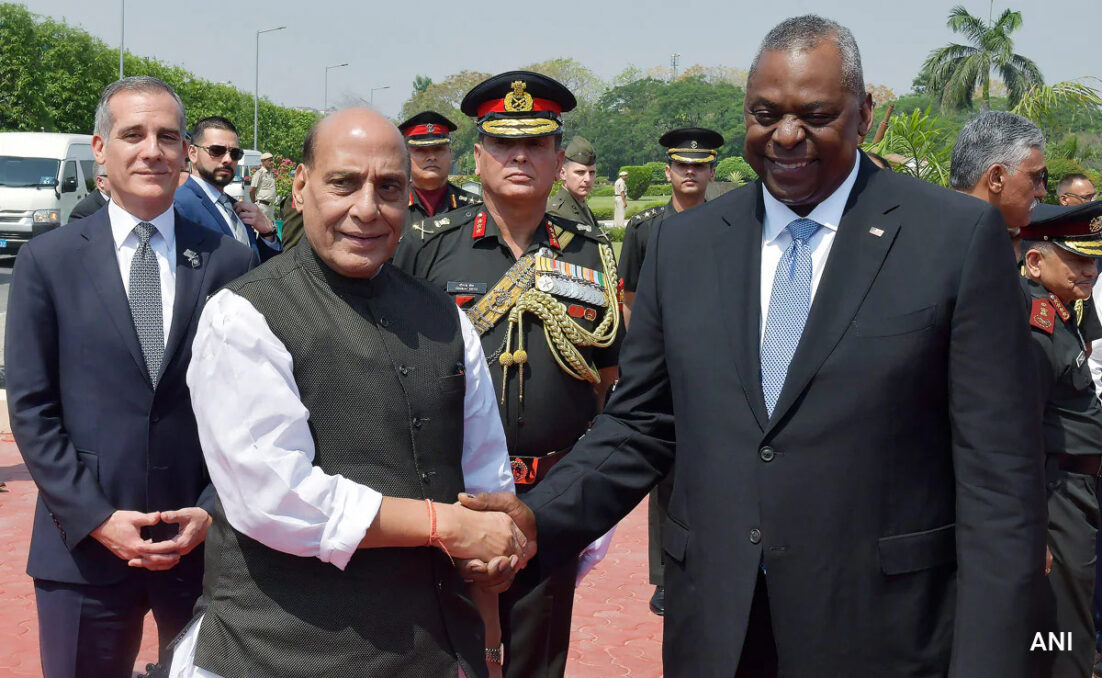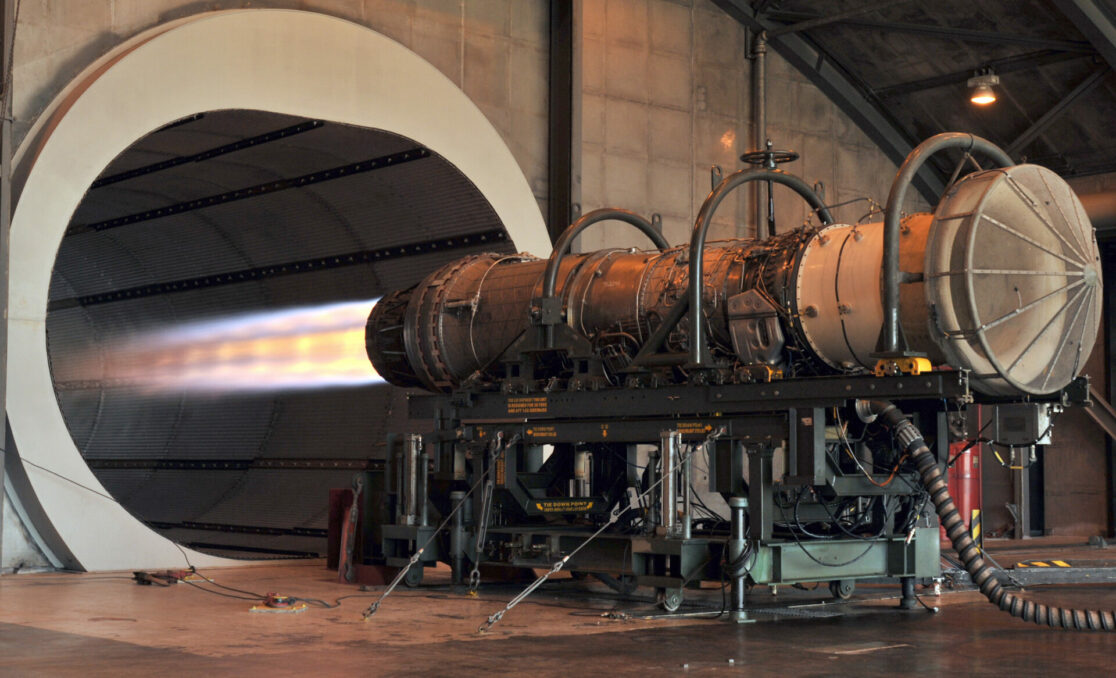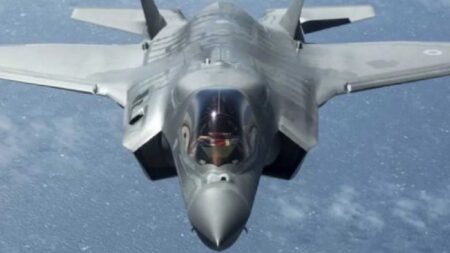India and the U.S. have agreed to start negotiations for two agreements: a ‘Security of Supply’ (SoS) arrangement and a ‘Reciprocal Defence Procurement’ (RDP) agreement. These agreements aim to ensure the stability of the supply chain in the long term.

Highlights
Additionally, it was stated that the deal to assemble the General Electric GE-414 jet in India is nearly finalized, and there are expectations that it will be concluded during Prime Minister Narendra Modi’s upcoming visit to the U.S. later this month.
They also discussed the final details of a highly anticipated bilateral program aimed at manufacturing US-made jet engines in India for domestically produced fighter planes.
India-US plans to enhance defence cooperation
The plan involves the manufacturing of General Electric F-414 engines in India through a partnership with Hindustan Aeronautics Limited, under technology transfer arrangements. While the current generation of the indigenous Tejas Light Combat Aircraft is powered by GE-F-404 engines, the Aeronautical Development Agency had selected 99 GE-F-414 engines with significantly higher thrust back in 2010 to power the Tejas LCA-Mk II for the Indian Air Force.
Furthermore, during U.S. Secretary of Defense Lloyd J. Austin’s visit to India, both countries established a roadmap for ‘Defence Industrial Cooperation’, which will guide their policy direction in the coming years.

India and the USA are considering using the same engine for two other indigenous fighter jet programs, namely the TEDBF (Indian Navy’s twin-engine deck-based fighter aircraft) and the AMCA (Advanced Medium Combat Aircraft) both of which are currently in the initial design phase. The discussion between Rajnath Singh and Lloyd J. Austin included India’s plan to purchase 30 MQ-9B armed drones from US defence company General Atomics.
Initiative by India
The roadmap for US-India Defence Industrial Cooperation has been established, focusing on expediting technology collaboration and co-production in various areas such as land mobility systems, intelligence, air combat, surveillance, munitions, reconnaissance and the undersea domain.
This initiative will involve specific proposals to provide India with access to cutting-edge technologies and support its defence modernization plans. Prime Minister Narendra Modi will introduce a new initiative called the India-US Defence Acceleration Ecosystem (INDUS-X) which aims to advance cooperation in cutting-edge technology.

Set to be launched by the US-India Business Council on June 21, INDUS-X will foster innovative partnerships between American and Indian companies, investors, start-up accelerators, and academic research institutions, complementing the existing government-to-government collaboration.
During their meeting, Austin and Singh also addressed the increasing significance of innovation and collaboration in emerging areas such as artificial intelligence, cyberspace, and space. Both countries have recently initiated the Advanced Domains Defence Dialogue, a collaborative program aimed at exploring these emerging technologies.
This visit by Secretary Austin marks his second trip to India, the first one taking place in March 2021, and is part of his four-nation tour. In addition to meeting Defence Minister Rajnath Singh, the senior US official also held discussions with National Security Advisor Ajit Doval, where they exchanged perspectives on regional and global security concerns, including maritime security in the Indo-pacific region.













